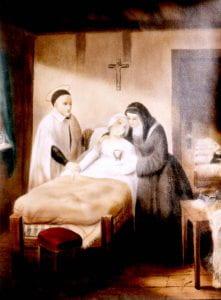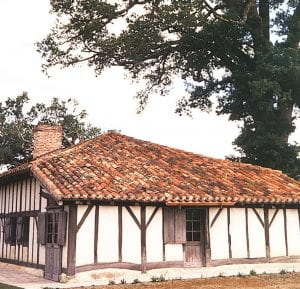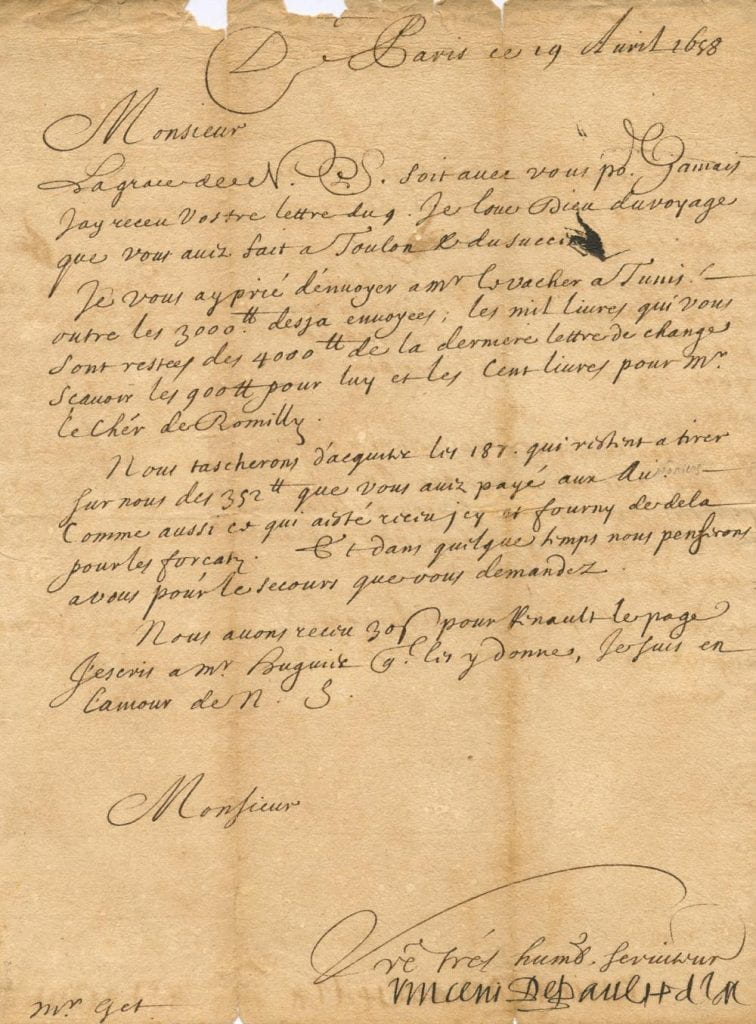 These are uncertain times—no surprise there. Globally, we are living a new reality, and our DePaul community is making intentional strides adjusting to the new “normal.” Yet, throughout this we can take heart in our Vincentian roots. Our common belief in what is good and beautiful gives us courage to live counter-culturally, simply by having hope amid despair. The words of St. Vincent point us towards innovation, “love is inventive to infinity.” (CCD, 11:131.)
These are uncertain times—no surprise there. Globally, we are living a new reality, and our DePaul community is making intentional strides adjusting to the new “normal.” Yet, throughout this we can take heart in our Vincentian roots. Our common belief in what is good and beautiful gives us courage to live counter-culturally, simply by having hope amid despair. The words of St. Vincent point us towards innovation, “love is inventive to infinity.” (CCD, 11:131.)
Over the last month we have had to completely readjust, and even reclaim, the very culture of DePaul University. Doing so has required creativity and patience, as well as hearty doses of grace. Students, faculty, and staff have made the necessary sacrifices because we share a common love of our university and all it encompasses. Our common love and inventiveness have led to kitchen tables becoming classrooms, living rooms turned into libraries, and Zoom meetings as our new virtual offices. Each day we learn a new way to encounter one another that we may never have entertained before.
Love holds creative properties. It propels us into the present and provides the tools we need to face reality. One of the best things about love is that its power makes what we have more than enough. Love leads us as resourceful stewards in ways that are not only effective but sustainable. It invites us to simultaneously work and dream towards what is better. Our love for DePaul grants us the opportunity to push through uncertainty with confidence in our common mission, both as a university and a Vincentian Family. Because of this, we will continue to imagine novel ways to live and be together in facing a new global reality. After all, as Vincent de Paul reminds us, “love is inventive to infinity.”
How has the inventiveness of love surprised you over these last several weeks, both in our DePaul community and in broader society?
What are some ways that you are being invited to creatively share your gifts and talents with your community?
Reflection by:
Azucena “Ceni” De La Torre
Ministry Coordinator for Retreats & Catholic Faith Formation
Division of Mission and Ministry
Put the Creativity of Love into Action!
Vincentian Service Day
Saturday, May 2, 2020
Vincentian wisdom is inspiring a new way to carry on our 22nd annual Vincentian Service Day (VSD) tradition on Saturday, May 2. Given our current reality, this year Vincentian Service Day will look different but will continue our Vincentian spirit of responding to the reality and needs of the world in front of us with creativity and love. Register now to participate remotely. Help our DePaul community send out a ripple effect of love and creativity!





